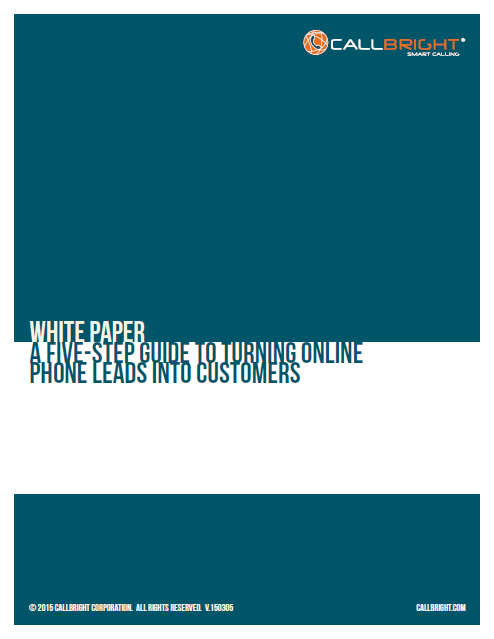But just because phone leads are more common now doesn't necessarily mean leads will automatically call you before they call your competitor. Cultivating leads is an art that requires you to make phone calls as easy as possible for your prospects.
Below are a couple ways you can encourage them to give you a call.
Use the Appropriate Type of Tracking Number
Keep in mind that selecting tracking numbers isn't an all-or-nothing decision. You can mix and match different types of numbers for specific purposes or locations (e.g., local numbers for franchises or regional offices and toll-free numbers for corporate headquarters).
As a bonus, using tracking numbers gives you access to valuable call data that you can use when analyzing your marketing campaigns.
Put Numbers Where People Can Find Them
 A hard-to-find number isn't much better than having no number at all. In a ConsumerReports survey, respondents expressed frustration over having to dig
through a company’s website to find a phone number. Don’t make your prospects work any harder than they have to. Your goal should be for them to find out how to contact you in as few keystrokes as possible.
A hard-to-find number isn't much better than having no number at all. In a ConsumerReports survey, respondents expressed frustration over having to dig
through a company’s website to find a phone number. Don’t make your prospects work any harder than they have to. Your goal should be for them to find out how to contact you in as few keystrokes as possible.Helping future callers find your number is half the battle, but if you really want to encourage them to call you right then and there, make your numbers clickable. By giving them the option to get you on the phone at the click of a button rather than having to manually enter your number into their phone’s dialer, you increase the odds of making your phone ring.
Click-to-call functions, which are available from call tracking providers, also give you the option to display numbers as eye-catching graphics rather than plain text numbers, which is useful for creating call-to-action buttons.
Following these tips will up your odds of getting more phone calls from people who want to buy what you’re selling. But wait, there’s more! This post was adapted from the white paper we just released: "A Five-Step Guide to Turning Online Phone Leads Into Customers." Go download it here. You’ll get more tips for bringing in calls, plus advice on how to convert those callers into customers.


